Photodissociation of Molecular Nitrogen (N2)
|
This movie shows how ultraviolet "light" can break apart a molecule. You need the latest version of the Flash player to see this movie.
Photons are little bits of light. Photons carry energy.
When a photon hits a nitrogen molecule, it adds energy to the molecule. The molecule has chemical bonds (they work a bit like stretchy rubber bands!) holding its atoms together. Sometimes the energy from the photon breaks the bond between the two nitrogen atoms. The atoms fly apart! This is called photodissociation.
Photons of ultraviolet (UV) light carry more energy than photons of visible light carry. It takes high-energy UV photons to break nitrogen apart!
|
 Photodissociation of Molecular Oxygen
Photodissociation of Molecular Oxygen
 Photodissociation of Water
Photodissociation of Water
 Photodissociation of the Hydroxyl Radical
Photodissociation of the Hydroxyl Radical
You might also be interested in:
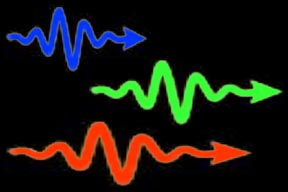
Text for this level has not been written yet. Please see the "Intermediate" text for this page if you want to learn about this topic. To get to the "Intermediate" text, click on the blue "Intermediate"
...more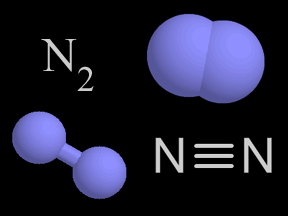
There is more nitrogen gas in the air than any other kind of gas. About four out of five of the molecules in Earth's atmosphere is nitrogen gas! A molecule of nitrogen gas is made up of two nitrogen atoms.
...more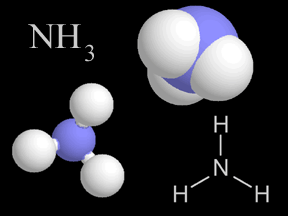
Most things around us are made of groups of atoms connected together into packages called molecules. Molecules are made from atoms of one or more elements. Some molecules are made of only one type of
...more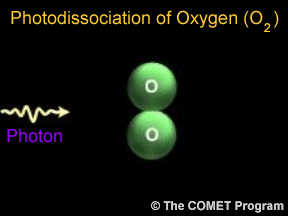
Photons are little bits of light. Photons carry energy. When a photon hits a molecule, it adds energy to the molecule. The molecule has chemical bonds (they work a bit like stretchy rubber bands!) holding
...more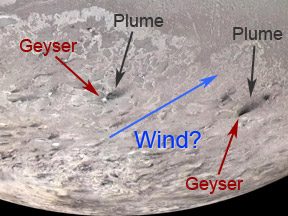
Triton is the largest moon of Neptune. It isn't quite as big as Earth's Moon. The surface of Triton is very, very cold. It is colder than the surface of any other planet or moon in our Solar System. It
...more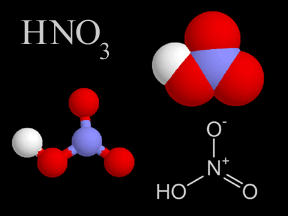
Nitric acid is a very strong kind of acid. If you got some on your skin, it would burn you! Nitric acid has nitrogen, oxygen, and hydrogen atoms in it. Earth's atmosphere has a very, very tiny bit of nitric
...more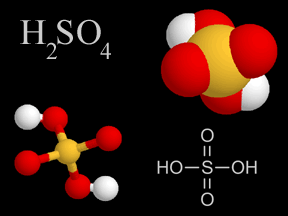
Sulfuric acid is a very common type of acid. Acid rain has sulfuric acid in it. Acid rain harms plants, fish, and other living things. A type of air pollution causes acid rain. When people burn fossil
...more
 Photodissociation of Molecular Oxygen
Photodissociation of Molecular Oxygen
 Photodissociation of the Hydroxyl Radical
Photodissociation of the Hydroxyl Radical














